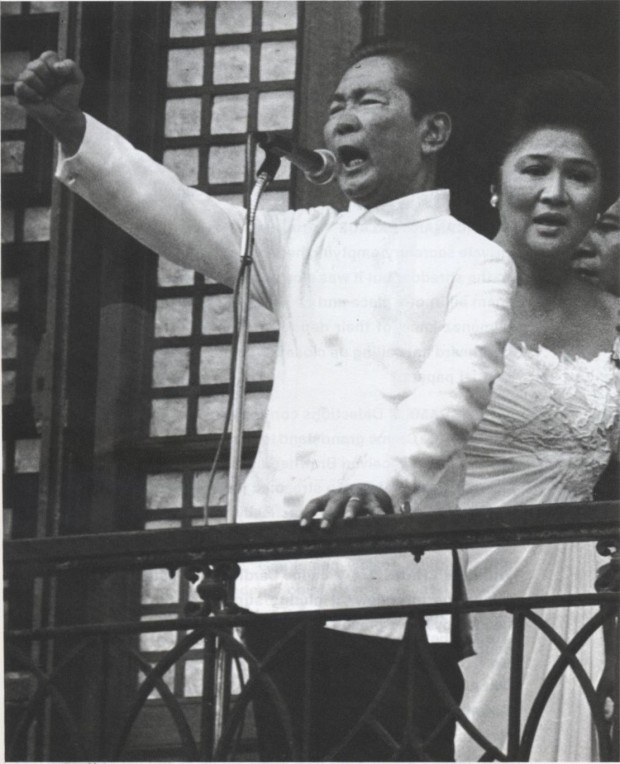What went before: Dictator Ferdinand Marcos burial
President-elect Rodrigo Duterte had said during the election campaign that he would allow the late dictator Ferdinand Marcos to be laid to rest at the Libingan ng mga Bayani because he was a former soldier, not because he was a hero.
READ: Duterte favors burying Marcos at heroes’ cemetery
He said the issue has created “division” among Filipinos and letting Marcos have a hero’s burial will erase the hatred persisting among the people.
As for the torture victims of Marcos who had won court-granted compensation from his recovered ill-gotten wealth, Duterte advised them to go back to the courts to seek the speedy release of the money.
“Look, there [are] the courts. Go to the courts because the person you’re running after is a cadaver. What do you want more from the guy? He’s already dead,” Duterte said in a press conference last month.
Article continues after this advertisementHe added: “You said Marcos should not be buried there. That is [on] the question of his abuses. It is something that is attached to his persona forever. Marcos might not really be a hero, I accept that proposition, maybe. But certainly he was a soldier.”
Article continues after this advertisement‘Kind gesture’
Losing vice presidential candidate Sen. Ferdinand “Bongbong” Marcos Jr. described Duterte’s move as a “kind, rightful and healing gesture.”
“It has always been our family’s position that it is our father’s right under the law to be buried there being a soldier and a former President of this country,” the younger Marcos said in a statement.
Sen. Aquilino “Koko” Pimentel III, president of the Partido Demokratiko Pilipino-Lakas ng Bayan (PDP-Laban)—Duterte’s political party which joined the fight against the Marcos dictatorship—said the party would trust Duterte’s “wisdom” in making that move.
For exiled Communist Party of the Philippines founder Jose Maria “Joma” Sison, a martial law victim, it is not a big deal for Marcos to be buried in a cemetery for soldiers of the reactionary government.
“Marcos, even though he was a fake soldier for a long time, was a true soldier during the Bataan [siege]. So he may be buried there,” Sison said in a press conference via Skype on June 2.
READ: Joma Sison OK with Marcos burial at Libingan ng mga Bayani
Wrong message
Victims and survivors of Marcos’ dictatorship had condemned Duterte’s pronouncement, saying it would “whitewash” the crimes he committed to the Filipino people and will send the wrong message to the world that in the Philippines, crime pays.
Former Commission on Human Rights chair Etta Rosales said in an open letter to Sison that it would be the “height of irony” for the Philippine government to accord Marcos a hero’s burial when the law itself recognizes the sacrifices of thousands of Filipinos martyred during the dictatorship.
Rosales, also a martial law victim, said making Marcos out to be some kind of hero by burying him at the Libingan ng mga Bayani would be “a betrayal of the Filipino people’s historical struggle against martial rule and repression.”
READ: ‘75K reasons for denying Marcos burial’
There are 75,730 victims with pending claims before the Human Rights Victims Claims Board for the atrocities committed against them between 1972 and 1986 when Marcos was President.
The Libingan ng mga Bayani currently has an allocation of 45 vacant plots for Philippine Presidents inside the 103-hectare cemetery in Taguig, said Army spokesperson Col. Benjamin Hao.
Three Philippine Presidents are buried there—Carlos Garcia, Diosdado Macapagal and Elpidio Quirino, whose remains were reinterred on Feb. 29 to mark his 60th death anniversary.
Inquirer Research
Source: Inquirer Archives
